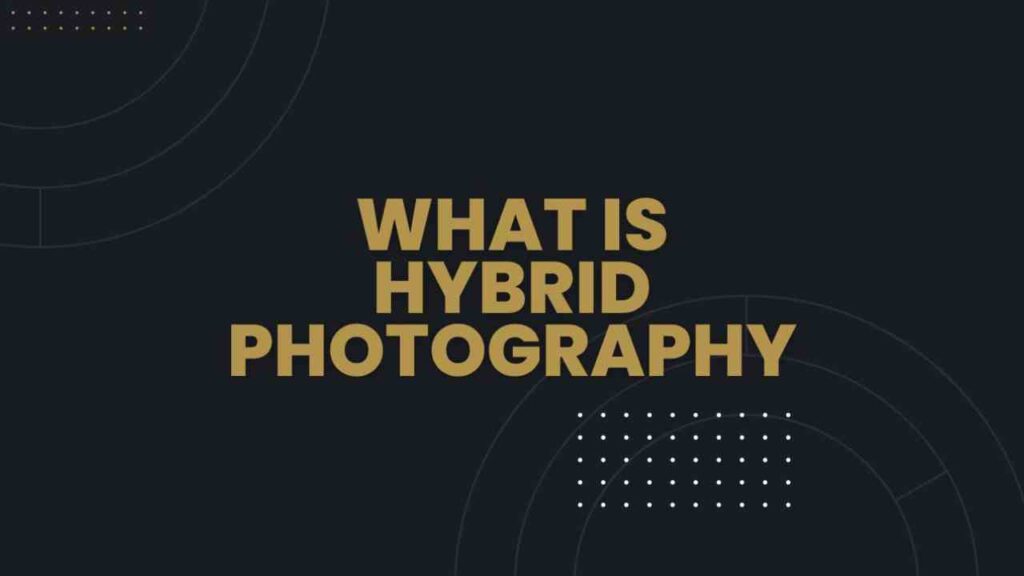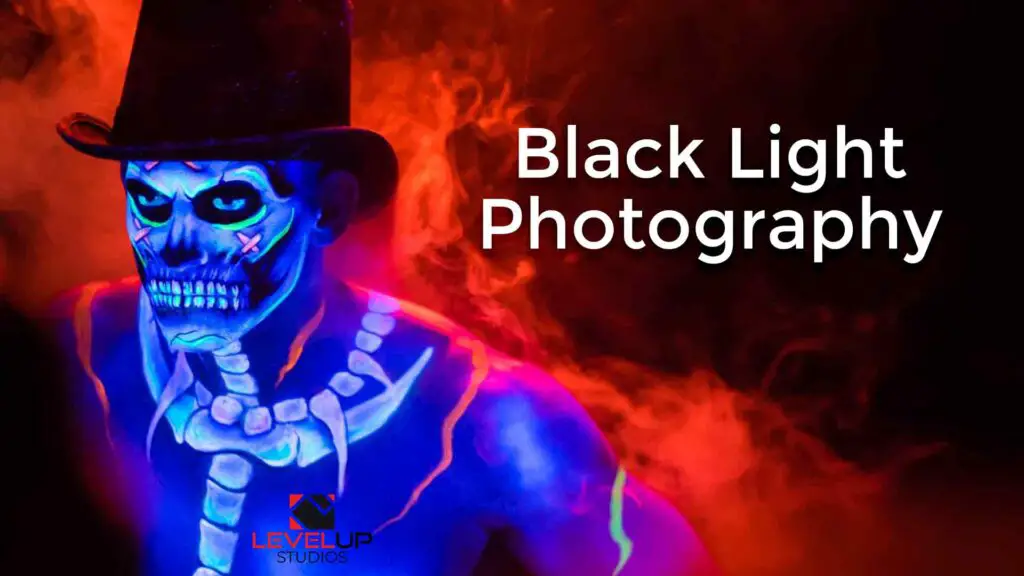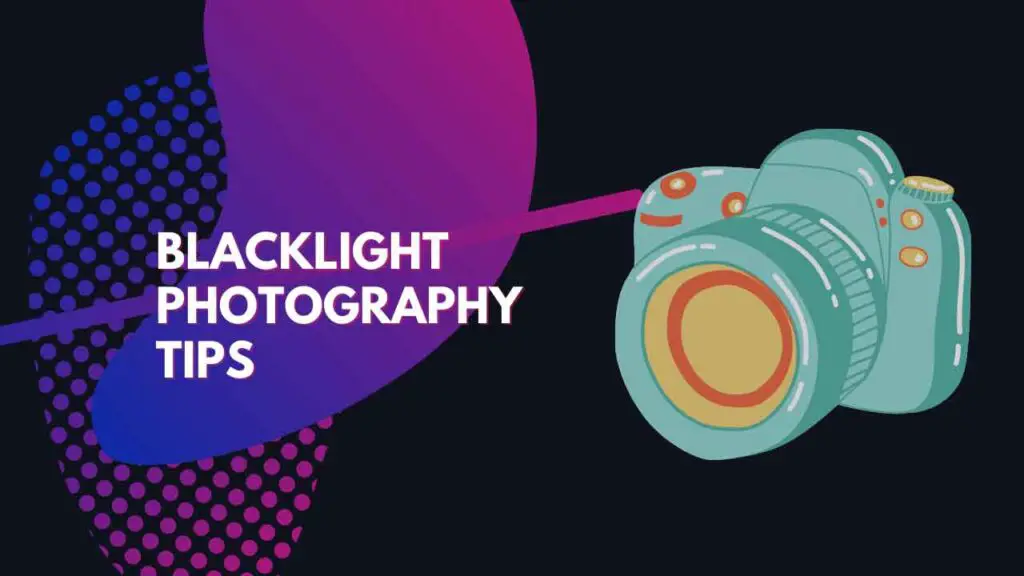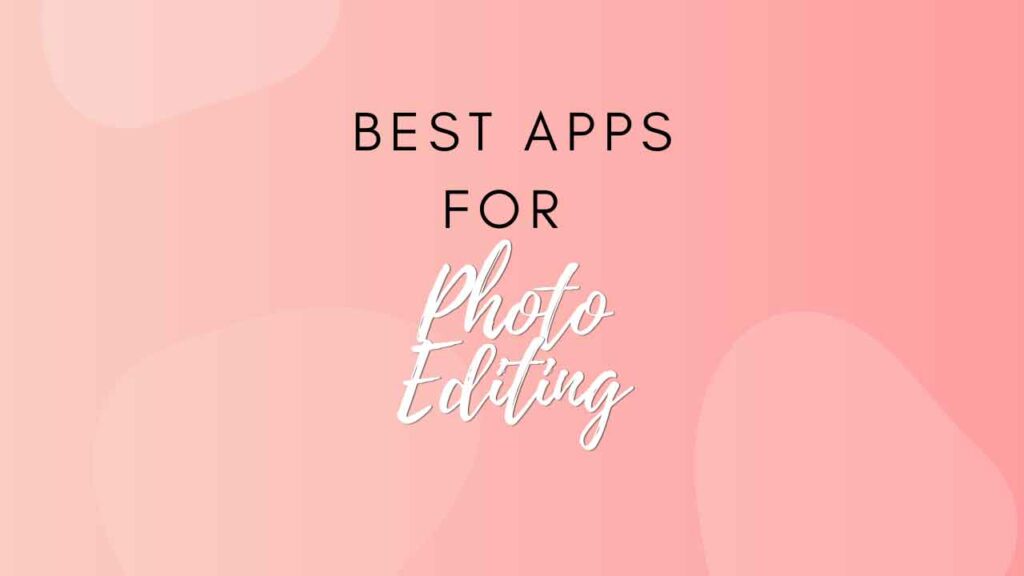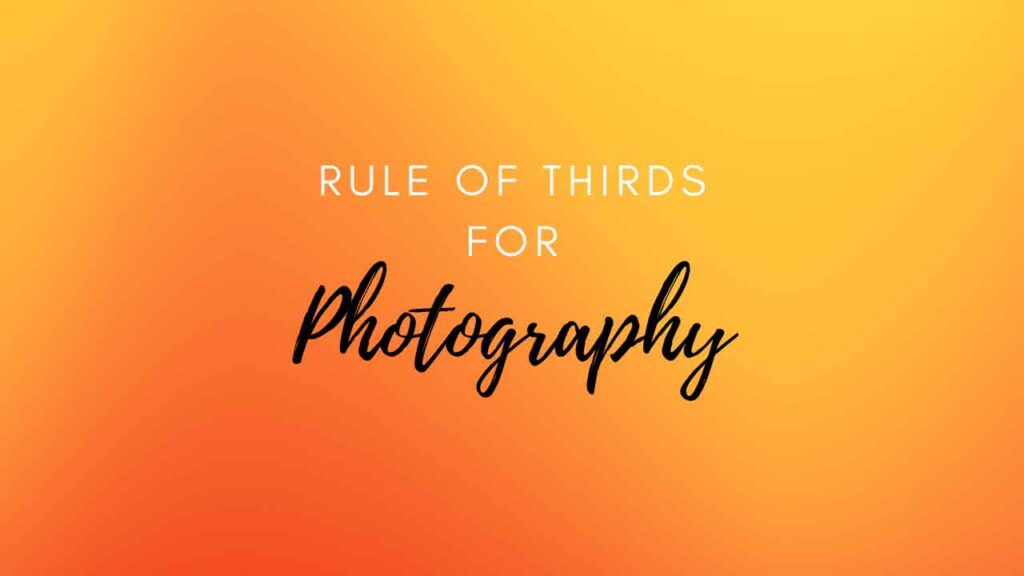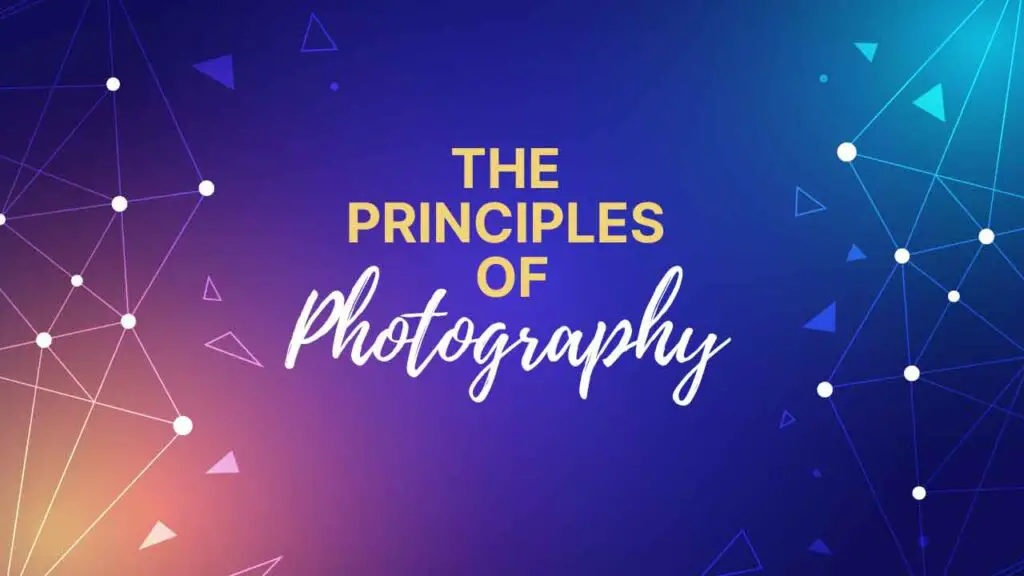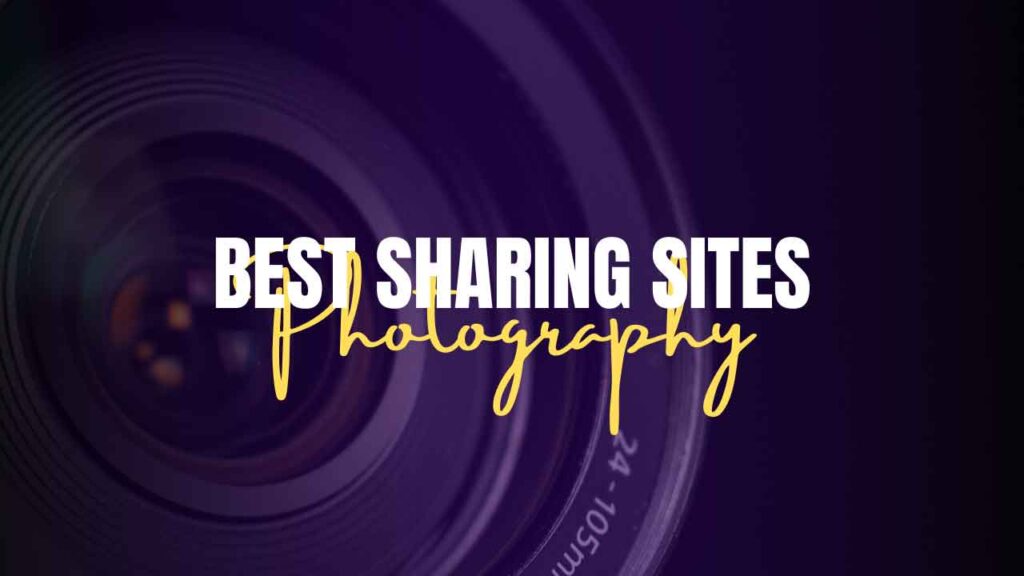THIS ARTICLE MAY CONTAIN AFFILIATE MARKETING LINKS! IN CASE YOU MAKE A PURCHASE THROUGH ONE OF THE LINKS, WE'LL GET A SMALL COMMISSION. WITH NO EXTRA CHARGES TO YOU. THANKS!!
Ever wondered what is Hybrid Photography? in photography, and about its concept and uses then continue reading as we discuss about it in this article. Embark on a visual odyssey where the past and future collide, welcome to the world of hybrid photography. This innovative art form is a confluence of tradition and technology, where the tactile charm of film meets the instant gratification of digital.
Hybrid photography is not just a technique; it’s a philosophy that embraces the full spectrum of photographic expression. In this article, we’ll delve into the essence of hybrid photography, exploring how it marries the analog warmth of yesteryears with the sharp precision of modern pixels. Join us as we uncover the magic of hybrid photography, a realm where every snapshot is a bridge between the timeless and the contemporary.
What is Hybrid Photography?
Hybrid photography is an avant-garde approach to visual storytelling that blends the distinct qualities of various photographic processes. It’s a multifaceted concept that can refer to the integration of still photos, video clips, and audio tracks to create a rich, multimedia narrative. This form of hybrid photography is particularly popular among content creators and social media influencers who aim to enhance their audience engagement through dynamic content. Alternatively, hybrid photography can also signify the simultaneous use of digital and analog (film) cameras, allowing photographers to capture the immediacy and convenience of digital alongside the aesthetic and tactile qualities of film.
This duality enables a diverse range of artistic expression, from the crispness of digital clarity to the nostalgic grain of film. The term also extends to the combination of different photographic techniques such as black-and-white and color, or infrared with ultraviolet, to produce images that are impossible to achieve with a single method. Hybrid photography, therefore, represents a convergence of old and new, static and motion, silence and sound, offering a versatile palette for artists to paint their stories with light and shadow.
How Hybrid Photography Came to Life
The history of hybrid photography is a fascinating journey through the evolution of visual representation, marked by the convergence of traditional and digital techniques. It traces its roots to the early days of photography, where experiments with different media were common to enhance the photographic process. As technology advanced, photographers began to explore the aesthetic qualities of film while enjoying the convenience and versatility of digital methods. This led to the creation of unique and captivating visual narratives that bridged the gap between the old and the new.
The advent of photography in the nineteenth century did not oust other methods of image production but rather became part of ever more specialized and sophisticated technologies of representation. Hybrid photography, therefore, represents an epistemological shift that owes much to the availability of a plethora of hybrid media—media that influence the relation of sciences, humanities, and their methods and subjects. It’s a field that continues to grow, driven by the desire to blend the best of both worlds—combining the immediacy and precision of digital with the character and depth of film—to create images that resonate with both modernity and nostalgia.
Pioneers of Hybrid Photography
The field of hybrid photography has been shaped by a number of innovative artists who have pushed the boundaries of this medium. Here are some pioneers who have made significant contributions to the development and popularity of hybrid photography:
Wolfgang Tillmans: Renowned for his diverse photographic work, Tillmans often combines different photographic processes and has been a significant figure in contemporary hybrid photography.
Gregory Crewdson: Known for his elaborately staged scenes, Crewdson’s work often involves a blend of cinematic production with still photography, creating a hybrid form that tells a story beyond a single moment.
Jeff Wall: A pioneer in conceptual photography, Wall’s work frequently includes the combination of multiple images to create large-scale backlit photographs.
Andreas Gursky: Gursky’s photographs are often digitally manipulated composites of multiple images, resulting in large-scale, high-resolution works that comment on the human condition.
Alec Soth: His work often bridges the gap between traditional documentary photography and contemporary art, making him a key figure in the hybrid photography movement.
These artists have each contributed to the evolution of hybrid photography, blending traditional techniques with modern technology to create new forms of visual expression. Their work continues to inspire photographers around the world to explore the limitless possibilities of this medium.
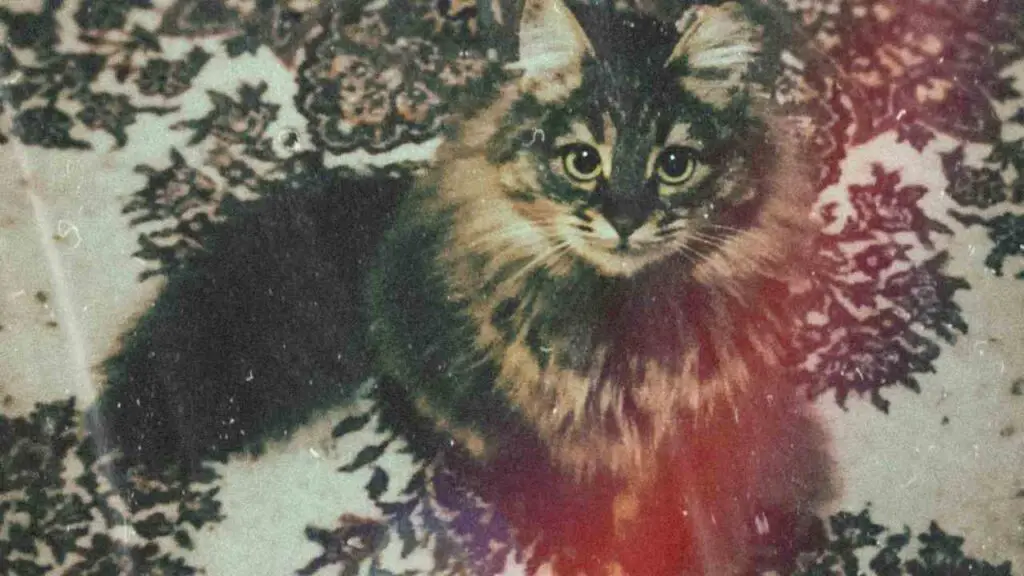
Uses of Hybrid Photography
Hybrid photography, a blend of traditional and contemporary techniques, serves a multitude of purposes in today’s visual landscape. It’s a versatile medium that allows content creators to stitch together still photos, video clips, and audio tracks, creating engaging multimedia content that resonates with audiences across various platforms. This approach is particularly beneficial for social media influencers and marketers who aim to increase their popularity and engagement with their audience.
Hybrid photography also enables the use of both digital and film cameras, offering the ability to capture the unique properties of film, such as its color rendering and light handling, while still enjoying the flexibility and convenience of digital photography. With the power of digital editing, photographers can create stunning images that would be difficult or impossible to achieve with film alone. This fusion of mediums is not just about capturing moments; it’s about creating stories and experiences that are more immersive and expressive than ever before. Whether it’s for personal expression, professional assignments, or simply the love of the craft, hybrid photography opens up new horizons for creative exploration and storytelling.
Common Steps to do a Hybrid Photography
Hybrid photography is an art form that marries the immediacy and versatility of digital photography with the classic aesthetic of film. To embark on this creative journey, one must first familiarize themselves with the basics of both digital and film photography, understanding the strengths and limitations of each medium. The process begins by capturing images using both digital and film cameras, selecting the appropriate tool based on the desired outcome. For instance, film might be chosen for its organic grain and color rendition, while digital could be preferred for its high resolution and ease of manipulation.
After the images are captured, the next step involves digital editing, where software like Adobe Lightroom or Photoshop comes into play. These programs offer powerful tools to fine-tune images, replicate film looks, and merge the aesthetics of both worlds seamlessly. The final product is a hybrid image that showcases the best qualities of both mediums, often resulting in a photograph that resonates with a sense of depth and nostalgia while maintaining the clarity and precision of modern technology. Whether it’s for personal projects or professional assignments, hybrid photography opens up a new realm of possibilities for photographers looking to explore beyond the confines of traditional image-making.
Conclusion
As we draw the curtains on our exploration of hybrid photography, we are left with a profound appreciation for this innovative art form that seamlessly blends the old with the new. Hybrid photography is not just a method; it’s a movement, a bridge connecting the rich heritage of film with the boundless potential of digital. It’s a testament to the photographer’s quest for expression and the relentless pursuit of capturing the world in all its multifaceted glory.
This convergence of mediums offers a unique palette for artists to create with, and a new lens for audiences to view the world through. The future of photography is undoubtedly hybrid, promising a canvas where every shot is a masterpiece of combined eras and technologies. So, let us embrace this evolution with open arms and cameras ready, for the art of hybrid photography is just beginning to reveal its true picture.
